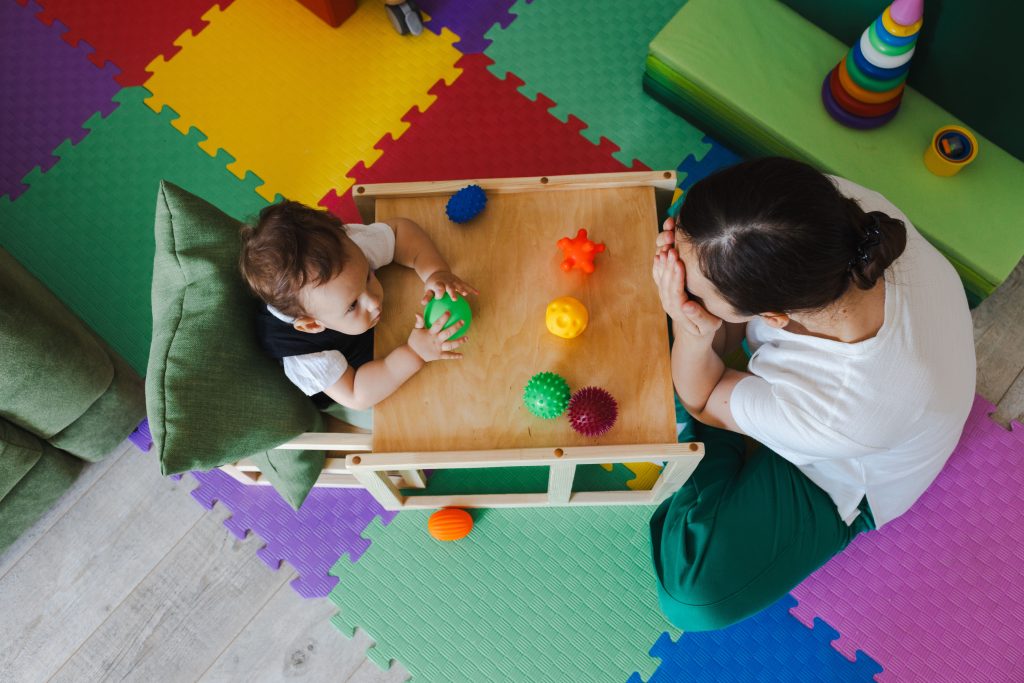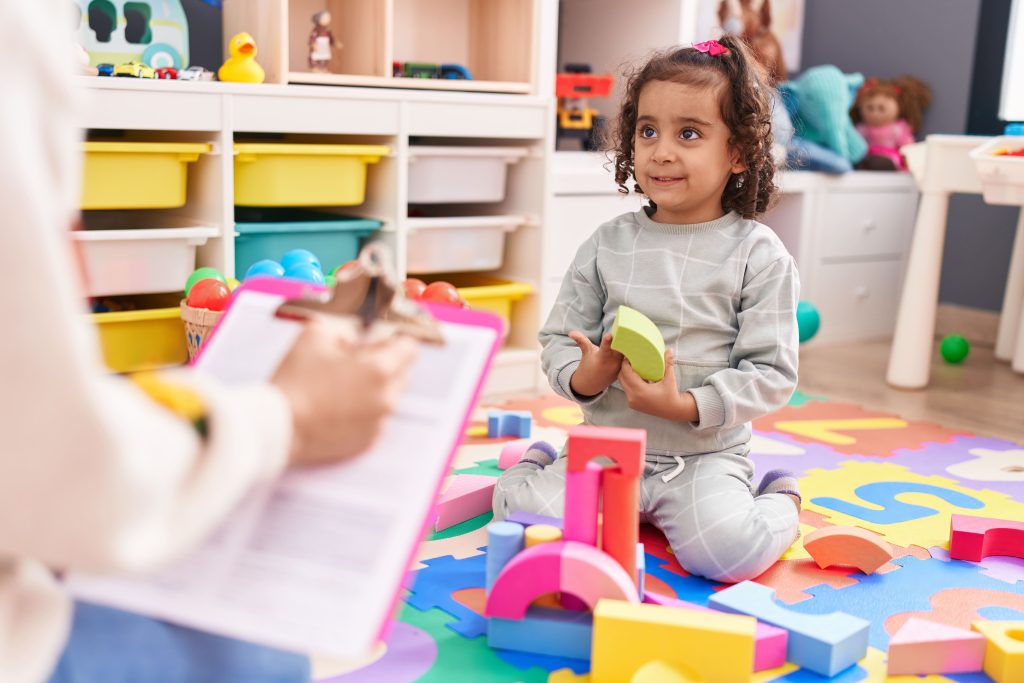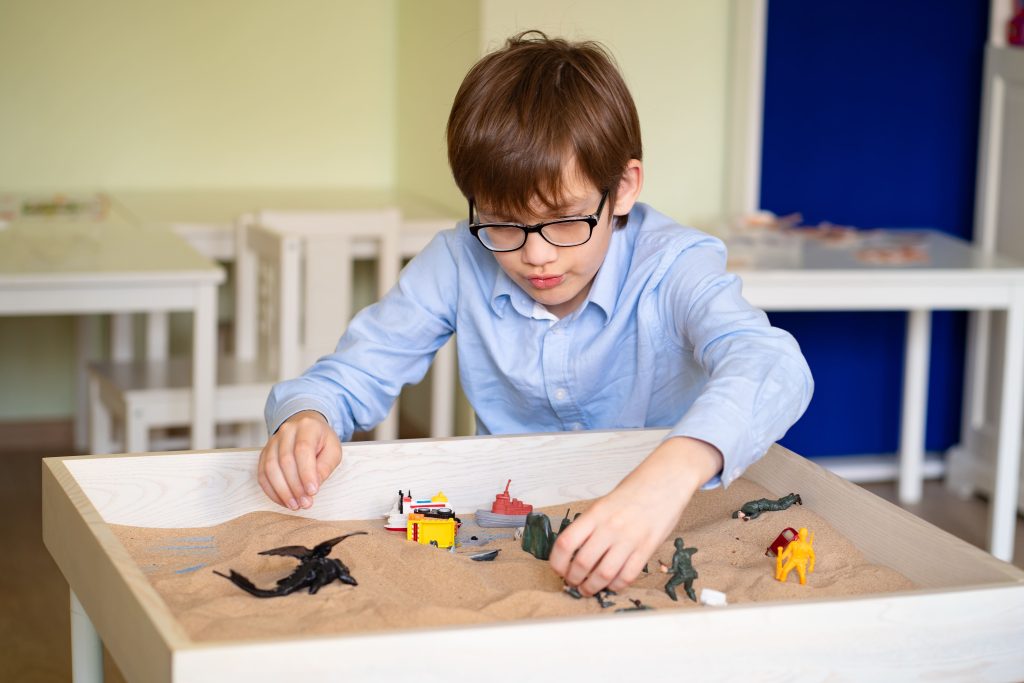Meet the expert helping children express themselves beyond words
By Siti Salihah
Some parents say, “Use your words”, when a child acts out or melts down. But what if the child is not able to express themselves yet? Or maybe they do, but not enough to truly explain the big feelings bubbling inside them?
That’s where play comes in.
Meet Yap Hui Ling, a registered and licensed counsellor and certified therapeutic play practitioner with over eight years of experience working with children, adolescents, and families. She’s spent time across NGOs, schools, and private practice, helping young minds navigate emotional and behavioural challenges in ways that are developmentally appropriate often without needing many words at all.
In this conversation, she shares how play becomes a language, why parents need space to process their own pasts, and what we might be missing in the way we raise children today.

1Twenty80: Have you always wanted to work with children and families?
Yap Hui Ling: No, I did not initially plan to work with children and families when I was pursuing my Master’s degree. At that time, I had not yet decided on a specific population to focus on. However, I was given the opportunity to work with children with special needs, which became a turning point in my career. This experience allowed me to better understand children and adolescents—their experiences, emotions, and behaviours—which I had not previously explored. As my understanding deepened, my passion for supporting them grew. This led me to specialise in working with children and teenagers. It was an unexpected path, but I am grateful for how it unfolded.

1Twenty80: What drew you to incorporate therapeutic play and filial play coaching in your practice?
Yap Hui Ling: As mentioned earlier, I work extensively with children, including very young ones. One of the key reasons I incorporate play therapy into my practice is because play is a natural medium of expression for children. Due to their developmental stage, young children often lack the verbal capacity and cognitive maturity to articulate their thoughts and emotions, particularly when dealing with difficult or complex feelings.
Play, however, is their language. Through play therapy, children can express themselves, process emotions, and make sense of their experiences in ways that feel safe and accessible to them. It provides a developmentally appropriate way for children to communicate what they may not yet be able to say in words.
In addition, play is also an effective medium for teaching and reinforcing positive behaviours or coping strategies. While direct verbal instruction may not always be effective, engaging children through structured play activities allows us to deliver messages, model skills, and promote learning in a way that is meaningful and impactful for them.

1Twenty80: Is it challenging to encourage previous generations to be more open about children and adolescents’ mental health?
Yap Hui Ling: Yes, it can be challenging, particularly with parents from older generations. However, I wouldn’t say it’s impossible—it simply requires more time and sensitivity. When engaging with them, it’s important to first understand their upbringing and the context in which they were raised.
For many in the previous generations, emotional well-being was not prioritised. The focus was often on survival—ensuring there was food on the table and a roof over their heads. Emotions were secondary to meeting basic needs. This context helps explain why mental health conversations might feel unfamiliar or even uncomfortable for them.
That said, I believe many are open to learning and understanding, especially when the information is presented in a way that respects their background. With time, patience, and empathy, we can bridge that gap and support them in becoming more receptive to the importance of mental health in children and adolescents.
1Twenty80: Is there a parenting moment that’s stuck with you—something that made you pause and reflect?
Yap Hui Ling: Reflecting on my collaborative work with parents: I see two key dimensions. On one hand, there’s the technical aspect: teaching strategies, setting boundaries, and skill-building. But more importantly, parenting is deeply rooted in our internal processes—how we were raised, the emotional support (or lack thereof) we received, and the intergenerational patterns we carry forward. This introspection is just as critical as the practical skills. Effective parenting isn’t just about what we teach children; it’s also about understanding why we parent the way we do. For professionals like myself, this means moving beyond instruction to actively listen, empathize with parents’ struggles, and address the underlying experiences shaping their approach.

1Twenty80: When you observe a classroom, what are some of the first things you look for in terms of adolescent well-being?
Yap Hui Ling: That’s a broad but important question. In a school setting, the primary focus—whether for educators or counsellors—is ensuring students are emotionally and mentally prepared to learn. Well-being is foundational to learning. If a student is struggling emotionally, their ability to engage academically is significantly compromised. Take a simple example: A child worried about a hospitalized grandparent will naturally be distracted—thinking about her condition, recovery, or discharge. Emotional distress, in any form, makes concentration nearly impossible. This isn’t unique to adolescents; even as adults, stress can derail our focus and productivity. Because emotional struggles manifest differently in each student, schools must cultivate sensitivity to students’ well-being—not just their observable learning behaviors. Educational support also requires recognizing and addressing the underlying emotional states that enable (or hinder) meaningful learning.
1Twenty80: Mental health seems to be getting more attention in mainstream media, like in Inside Out, Lady Bird, or Turning Red, especially in content for or about young people. What are your thoughts on this visibility, and do you feel it’s enough, or is there still something missing in our community?
Yap Hui Ling: The growing visibility of mental health in media—through films like Inside Out and Turning Red—is undoubtedly positive. It sparks conversation and reduces stigma. However, with increased awareness comes a critical responsibility: ensuring accuracy in how mental health is portrayed and discussed.
For instance, terms like anxiety, depression, or OCD are often used casually—’I’m so OCD about cleaning’—when in reality, these are clinical conditions requiring proper diagnosis. Misusing these terms can trivialize serious struggles and spread misinformation.
While public discourse is valuable, I encourage people to seek content from credible sources—licensed professionals, mental health organizations, or accredited counselling centres. Many psychologists and therapists share evidence-based insights on social media, offering a balance between accessibility and reliability. Visibility alone isn’t enough; we need precision and expertise to drive meaningful change.
To learn more about Hui Ling’s work or to explore mental health resources for children, teens, and families, you can follow her at HL.Counselling.
She’s also part of Thrive Well, a community-focused mental health organisation offering accessible care and education. Connect with Thrive Well here.
Join our 1Twenty80 Broadcast Channel today! Be the first to receive interview updates, behind-the-scenes snippets and happenings in Malaysia’s health scene!












